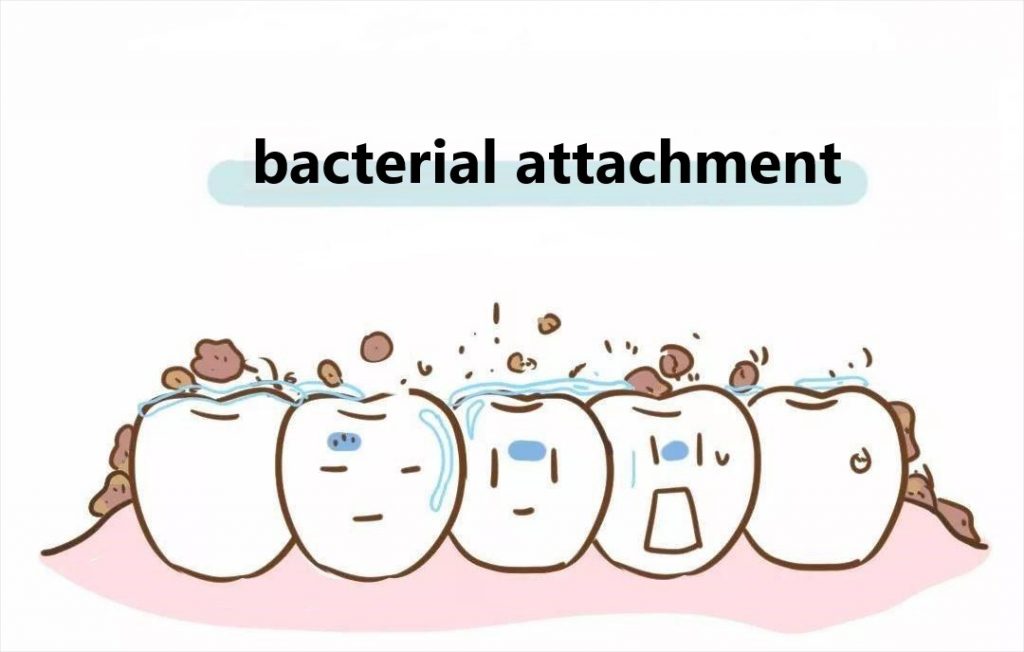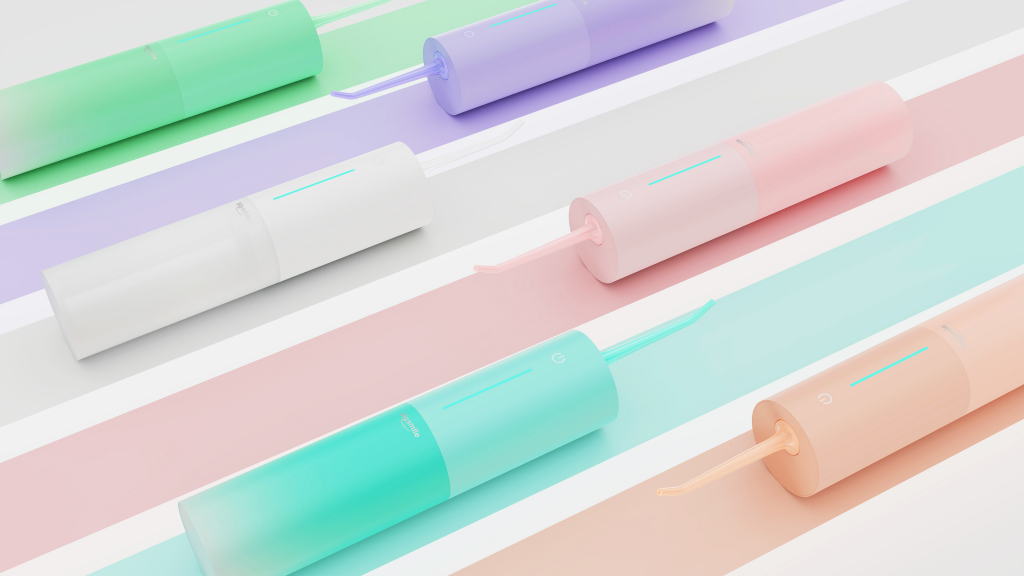some people have no idea how “hurtful and fatal “they can be when they are speaking to someone else.
Mouth ‘PM2.5’ exceeding standards is one of the modern social ailments. According to relevant surveys, out of every four individuals, one person experiences bad breath, and unfortunately, many children develop significant oral odor at a young age.
So, where does bad breath come from?
It all starts with dental plaque. Just as stones in water develop algae over time, teeth in the mouth can accumulate a stubborn “alga” – known as dental plaque – when saliva, proteins, and various microorganisms interact for extended periods. This dental plaque is intricately linked to bad breath (halitosis), tooth decay (caries), and gum disease.

Bacteria in dental plaque break down food particles in the mouth, producing noxious volatile sulfur compounds that can be as potent as a biochemical weapon. Combined with inadequate daily oral hygiene, how could one possibly avoid having an odor?
Not to mention, the buildup of plaque leads to periodontal and dental caries diseases, which create hideouts for food debris. As rotting food adds to the stench alongside volatile sulfur compounds, the smell only intensifies.
What is dental plaque?
Plaque, also known as biofilm of dental plaque, is a composition of cells and non-cellular substances that provide a habitat for various bacteria to thrive. It adheres like a “dog skin plaster” in hard-to-reach areas of the mouth, such as tooth crevices (fissures), interdental spaces, and subgingival regions that are invisible to the naked eye.

Dental plaque forms how?
The process of plaque formation can be divided into three stages: coverage with an initial biofilm, bacterial adhesion, and maturation of the dental plaque biofilm.
The initial stage of dental plaque formation involves the deposition of a thin, non-cellular film on tooth surfaces, primarily composed of saliva glycoproteins. This layer is even thinner than plastic wrap, ranging from 1 to 10 micrometers (μm), with a thicker concentration at gingival margins compared to cuspid areas. This film facilitates bacterial attachment to the tooth surface and exhibits selective adsorption capabilities, allowing specific bacteria to have a heightened affinity for it, thus choosing to reside within this film.
The second stage of plaque formation: bacterial attachment, refers to the process in which bacteria adhere to tooth surfaces. In this phase, proteins and polysaccharides within the biofilm facilitate the bacteria’s tighter binding to the dental surface, contributing to the development of plaque.

As bacteria within the plaque align vertically in a barrier-like structure, it marks the final stage of plaque development – maturation of biofilm in dental plaque. Simultaneously, the plaque thickens over time.
How do I remove dental plaque?
Do brushing teeth twice a day, in the morning and evening, effectively remove plaque?
Not at all.
Generally, the process of brushing and flossing your teeth is insufficient to eliminate plaque. In everyday life, what we remove through these activities are primarily soft deposits, not dental plaque.
To effectively remove plaque and bid farewell to bad breath, it’s crucial to maintain oral hygiene promptly and thoroughly.
Aside from brushing teeth in the morning and evening, it is essential to rinse your mouth after every meal, utilize tools like floss, toothpicks, and water flossers for thorough oral care at any given time.
Since plaque is stubborn and cannot be completely removed just through regular brushing and rinsing, I recommend that everyone incorporate this JIEYANG bigsmile portable water flosser into your daily oral care routine to provide deeper cleaning of dental plaque.

This portable toothbrush cleaner utilizes a high-frequency pulse technology of 1,400 strokes per minute to spray an ultra-fine water jet as thin as 0.54mm into teeth gap. Efficiently remove plaque from tooth crevices.
Furthermore, it massages the gums with high-pressure water flow, improving the condition of gum edges and gingival tissues, and thereby interfering with plaque formation.

After every meal, use the JIEYANG bigsmile portable toothbrush to thoroughly remove plaque from your mouth. With consistent practice, you’ll soon have fresh breath and a sparkling smile!